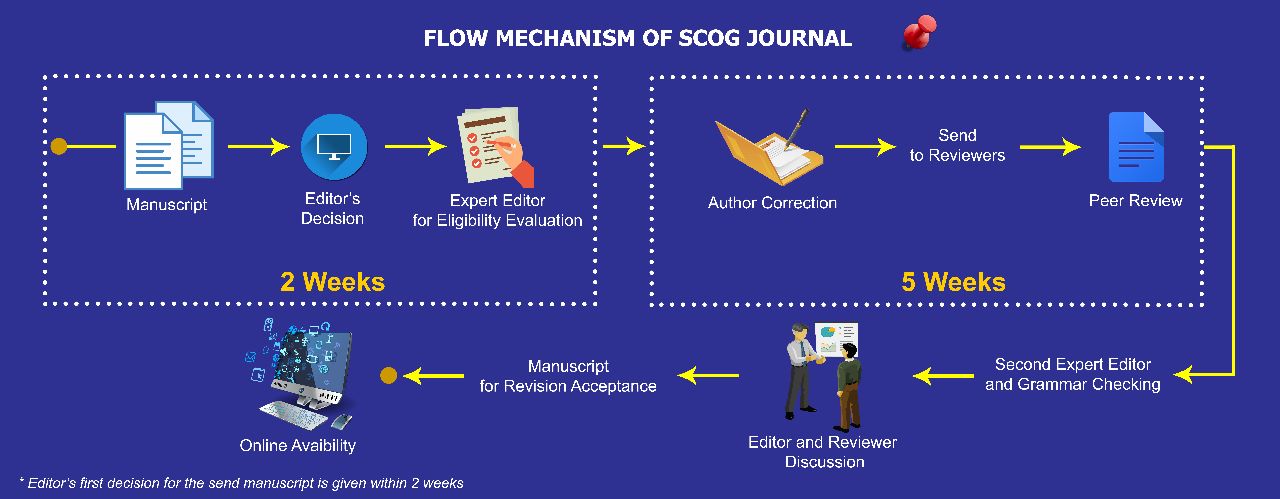Pollen Pra-Tersier Daerah Kepala Burung, Papua
Sari
Penelitian ini bertujuan untuk merekam semua pollen pra-Tersier untuk meningkatkan pemahaman tentang stratigrasedimen pra-Tersier yang ada di daerah Kepala Burung, Papua. Pollen pra-tersier di daerah ini diyakini memiliki kekerabatan dengan pollen-pollen berumur pra-Tersier yang umum dijumpai di cekungan-cekungan berumur Mesozoikum di Australia dan Papua New Guinea. Berdasarkan kehadiran spora indeks yang tersingkap sepanjang jalur Sungai Ainim menunjukkan bahwa zonasi palinologi daerah penelitian terdapat pada zona Tricolporites apoxyexinus (Kapur Akhir) dan zona Protohaploxypinus microcorpus (Perm Akhir) yang menempati kisaran umur dari Eosen tengah (G-1), Kapur Akhir (G-4 sampai G-7) hingga Perm Akhir (T-1A sampai T-3D). Permo-Trias sedimen terendapkan pada lingkungan darat (non marine) pada umur sedangkan pada umur Kapur Akhir, sedimentasi umumnya berlangsung di lingkungan transisi/littoral-neritik pinggir.
This study is aimed to record all pre-Tertiary pollen to improve the understanding of stratigraphy of the pre-Tertiary sediment that exists in the area of the Bird's Head, Papua. Pre-Tertiary palinomorf in this area is believed to have afnity with pre-Tertiary palinomorf which are common in the Mesozoic age in Australia and Papua New Guinea. Based on the index spores which are found along the Ainim river, it is interpreted that the studied sediment belongs to Tricolporites apoxyexinus zone (Late Cretaceous) and Protohaploxypinus microcorpus zone (Late Perm) which are ranging from middle Eocene (G-1), Late Cretaceous (G 4 to G-7) to Late-Perm (T-1A toT-3D). The Sediment was deposited in the terrestrial environment (non-marine) during Permo-Triassic age, which then shifted to the transitional environment (littoral-inner neritic) during Late Cretaceous.
Kata Kunci
Referensi
Biantoro, E. & A. Luthfi. 1999. The pre-collision basin con guration in Bintuni area, Irian Jaya: an alternative idea of hydrocarbon potential in Pre- Tertiary sediments. Proc. 28th Ann. Conv. Indon. Assoc. Geol. (IAGI), Jakarta, 1, p. 17-32
Cross, A. T., 1964. Plant Microfossils and Geology: An Introduction. In: Cross, A.T (ed.), Palynology in Oil Exploration. A Symposium, Society of Economic Paleontologists and Minerologists, Special Publication 11, pp. 3 13.
Dow, D. B., Robinson G.P., Hartono, U., & Ratman, N., 1988. Geology of Irian Jaya: Irian Jaya Geological Mapping Project. Geological Research and Development Center, Indonesia, in cooperation with the Bureau of Mineral Resources, Australia, on behalf of the Department of Mines and Energy, Indonesia and the Australian Development Assistance Bureau, 298 pp.
Hamilton, W.R. 1979. Tectonics of the Indonesian Region. US Geological Survey Professional Paper 1078, 345 pp.
Helby, R., Morgan, R. & Partridge, A. D., 1987. A Palynological Zonation of the Australian Mesozoic. In: Jell, P. A. (eds.), Studies in Australia Mesozoic Palynology, Association of Australian Palaeontologists, pp. 185.
Henage, L. 1993. Mesozoic and Tertiary tectonics of Irian Jaya: evidence for non rotation of Kepala Burung. Proc. 22nd Ann. Conv. Indon. Petrol. Assoc., p. 763- 792.
Lelono, E. B., 2001. Obtaining the Suitable Techniques for Palynological Preparation. Lemigas Scienti c Contribution, no. 2/ 2001, pp. 2-6.
Perkins, W.T & Livsey, R.A., 1993. Geology of the Jurassic Discoveries in Bintuni bay, Western Irian Jaya. Proceedings Twenty Second Annual, Indonesia Petroleum Association, v.1, p.793-830
Pieters, P.E., C.J. Pigram, D.S. Trail, D.B. Dow, N. Ratman & R. Sukamto. 1983. The stratigraphy of western Irian Jaya. Proc. 12th. Ann.Conv. Indon. Petrol. Assoc., p. 229-261
Pigram, C.J., & Sukanta, U. 1981. Report on the geology of the Tamina buan sheet area. Indonesian Geological Research and Development Centre, Open File Report.
Pigram, C.J., Robinson, G.P., & Tobring, S.L. 1982. Late Cainozic Origin for the Bintuni Basin and Adjacent Lengguru Fold Belt, Irian Jaya. Proceedings Indonesian Petroleum Association, 11th Annual Convention, p. 109-126
DOI: https://doi.org/10.29017/LPMGB.48.1.226






